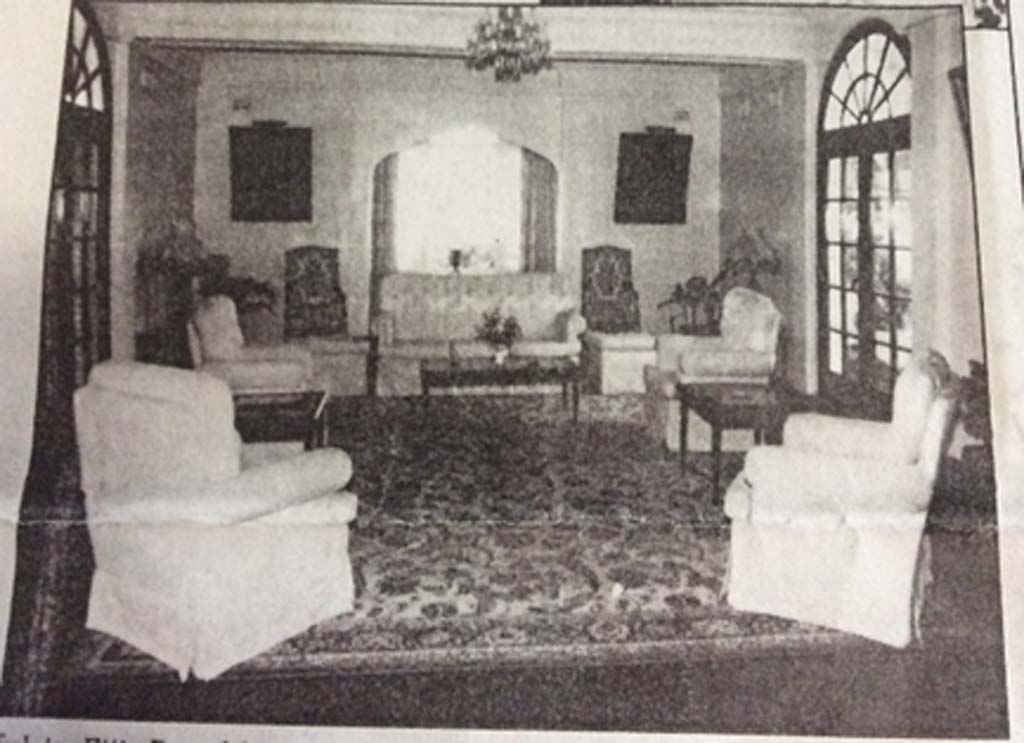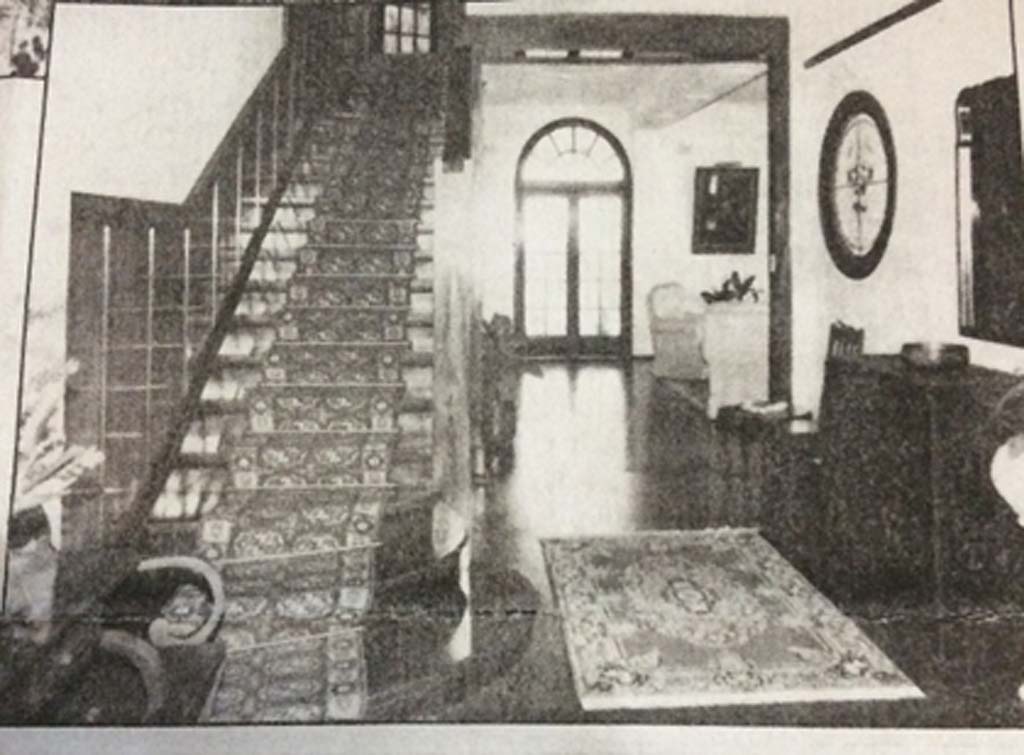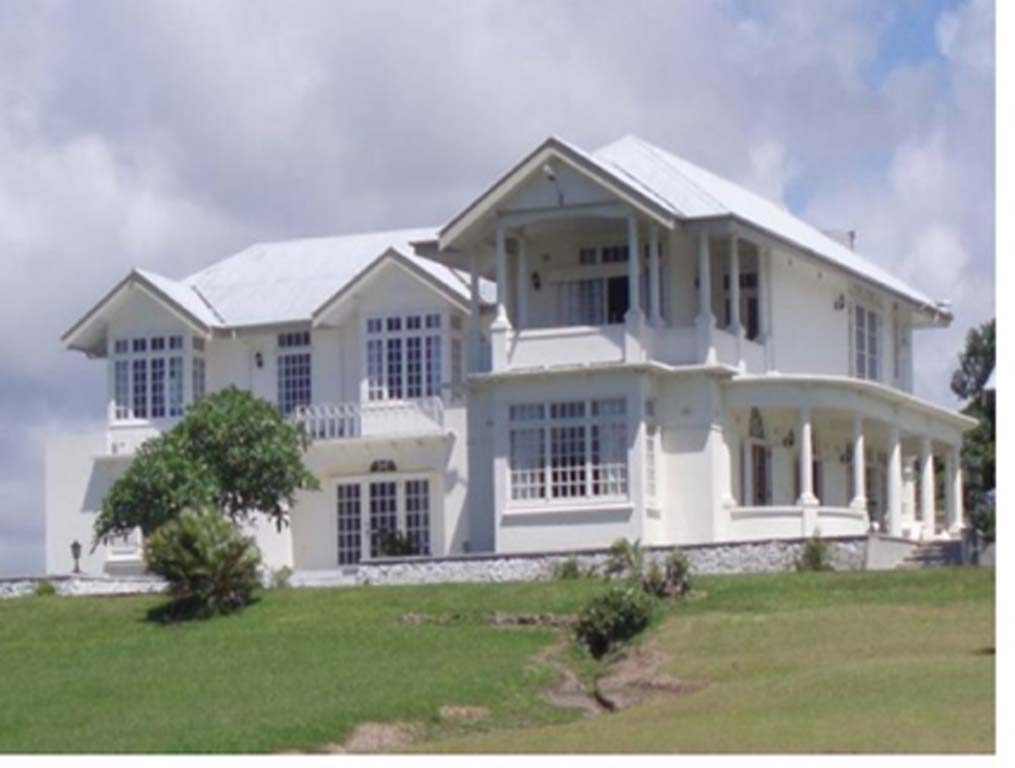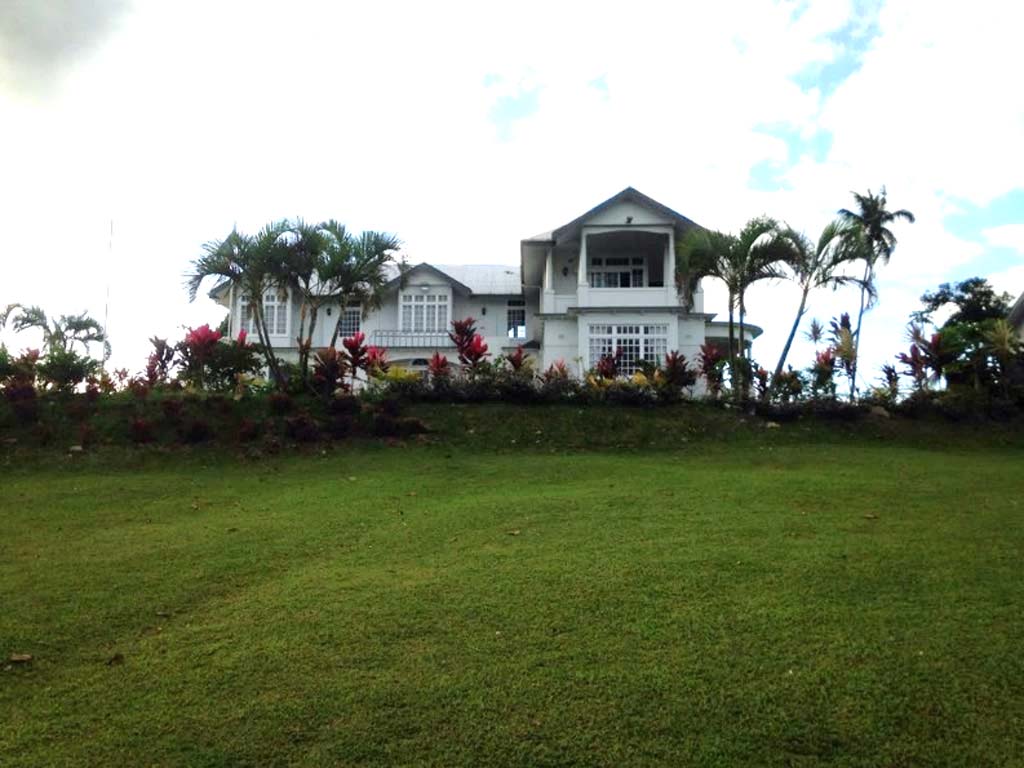Borron House
Borron House was once the home of a wealthy colonial planter family and is now used as a state guesthouse by the Government of Fiji to accommodate VIP guests.
Last updated on 10 May 2025
Narrated by Anoano Lolohea





Timeline
1890
James M. Borron, a successful Scottish cotton plantation owner purchased a 90 acre property at Samabula from the Cuthbert family.
James M. Borron had worked as manager of the Mago Island Sugar Company and then the Holmhurst sugar estate around the time of purchase.
The Cuthbert family had arrived two years prior to Borron’s arrival in Fiji and already had a house on the hill where Borron House is currently situated.
1927
James M. Borron’s son, James. S.K.B. Borron, constructed the house to a design by Mr. R.A. Derrick.
1940
Creation of Samabula Camp as part of the fortifications against the Japanese in World War II started at the Borron House residence with an underground battle chamber.
After completion of the facilities, Borron House was used as the New Zealand Force Headquarters.
During World War II, Borron House and its grounds were taken over by the American Armed Forces as Divisional Headquarters and used by American Admirals and Generals while in transit to war zones (1940-1945).
1943
Eleanor Roosevelt (former U.S. President Franklin D. Roosevelt’s wife) spent two nights at Borron House (August 24th-25th).
1958
Ratu Sir Lala Sukuna, a high chief, politician, and Fiji’s most decorated war hero, lived in Borron House a few years prior to his passing. He was laid in state at Borron House until his burial in Lakeba.
1959
James S.K.B. Borron retired to Borron House from his estate on Mago Island.
Suva City Council purchased a portion of the Borron House grounds to accommodate the widening of Waimanu Road.
1975
James S.K.B. Borron executed his will bequeathing Borron House and its grounds to the National Trust of Fiji (October 29th).
1977
Borron House was decreed by the owner, James S.K.B. Borron, to the National Trust of Fiji under a Deed of Gift (June 8th).
1979
After the death of James S.K.B. Borron, the National Trust of Fiji acquired full management of Borron House (27thAugust).
1980
Borron House was accorded by the Government of Fiji to be used as a state guesthouse to accommodate VIP guests.
1981
Erection of two flagpoles on the grounds of Borron House.
1982
Management of Borron House taken over by the Ministry of Foreign Affairs and Tourism.
1984
Australian Prime Minister Bob Hawke visited Fiji and spent a few nights at Borron House.
1987
Coalition Parliamentarians held hostage at Borron House during the military coup.
1991
Renovations were done to Borron House over two years, including demolition of existing staff quarters and construction of new staff/security unit; a new service road to the rear of Borron House; new car parking
1993
Cyclone Kina visited Fiji and caused major damage to Borron House.
Sir David Beattie, former Governor General of New Zealand, visited Fiji and stayed at Borron House (February 16th-19th).
The remains of 21 Fijian soldiers who served and died in Malaya from 1952 to 1956 were returned and laid in state at Borron House (September 9th).
1997
The Crossroads Disabled Group from Queensland toured Viti Levu and visited Borron House.
2006
Princess Anne of Great Britain visited Fiji and was accommodated at Borron House. Borron House became the residence for Ratu Josefa IIoivatu Uilivuda.
2011
Farewell reception for the U. S. Ambassador Steven McGann who served as ambassador extraordinaire and plenipotentiary of U.S to Fiji was held at Borron House.
Retreat for the 18th Melanesian Spearhead Group Leaders Summit was held at Borron House.
2017
Borron House became the residence for President Major General Joji Konorote.
References
---. 1997. The Borron House, National Trust News, 10 March: 2-3
Austin, G. 1996. A Brief History: The Story of Borron House, Time Connections: A Quarterly Newsletter from the Friends of the Fiji Museum, 4 January: 3-4
Foster, S. 2008. Witness to History: Borron House – A home fit for royalty, Reflections: Living in Fiji, March-May, http: www.livinginfiji.com
Lowry, R. 2006. Fortress Fiji: Holding the Line in the Pacific War, 1939-1945, Tallagardra Lane Sutton, Australia
Newell, R. 2015. Pacific Star: 3NZ in the South Pacific in World War II, Titrangi Auckland, New Zealand